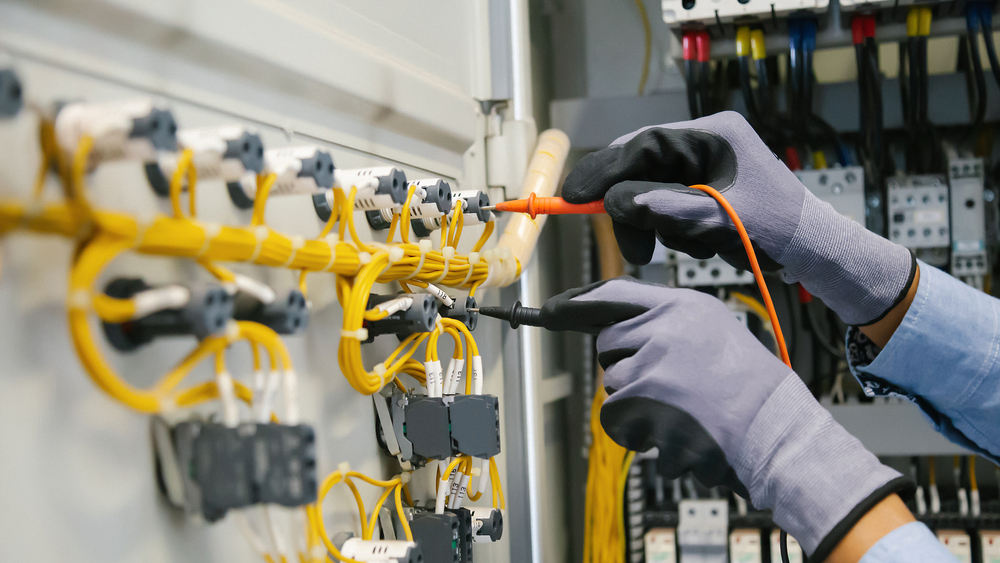Troubleshooting Safety Relay Failures in High-Cycle Press Applications

Safety relays aren’t usually the first thing that comes to mind during a line shutdown. Most of the time, attention goes to something like an actuator, controller, or even the wiring. But in high-cycle press applications, where repetitive force and timing define productivity, a failed safety relay is a huge problem. Diagnosing the issue is rarely straightforward, and it takes more than checking connections or swapping parts. It takes pattern recognition, a feel for timing, and sometimes, knowing what not to trust.
The subtle killer: Timing drift over mechanical failure
Presses that run thousands of cycles per hour are unforgiving of even minor delays. When a safety relay starts to degrade, it may not fail outright. It might just lag. That’s where problems begin.
Inconsistent response times become the first warning sign. Relay contacts may still close and open, but just barely late enough to disrupt the press’s logic loop. Operators often report erratic press behavior or stoppages that disappear on reboot, leading them to suspect the press itself rather than a seemingly functional relay.
The pattern becomes clearer when you track failures against operating conditions. A relay nearing end-of-life often becomes unreliable as temperatures rise during long runs. Thermal drift in coil resistance is a subtle but common culprit that explains why problems worsen throughout the shift.
Why robust systems fail differently
Even the most “robust” system isn’t immune to relay failure. In fact, highly engineered systems often mask the problem longer, creating a false sense of security. Look out for:
- Diagnostic feedback delays detection: Systems that rely on secondary checks or buffered logic can delay fault reports, masking the original relay issue.
- Redundancy hides intermittent failures: Dual-channel or redundant relay systems can fail in half-steps, appearing healthy until both sides degrade.
- Relay boards age unevenly: Boards exposed to vibration or temperature extremes may have just one relay degrade, creating hard-to-track bugs.

Smart replacement strategies
Shotgunning components can be tempting — it’s fast, familiar, and sometimes effective. But in high-cycle systems, it often masks deeper problems rather than solving them.
Start by recording failure behavior systematically. A clear log of failure conditions including time, temperature, and frequency can shorten the path to a fix by hours or days. When you do test replacements, remember that bench testing doesn’t always simulate real-world strain. Relays that pass a static test may still fail under full-speed cycling conditions.
Most critically, verify replacement ratings before installation. Cycle ratings, contact materials, and response time tolerances all matter in high-frequency applications. Always match spec for spec (or better).
Put your safety equipment in expert hands
Now through the end of the month, GES is offering 10% OFF single repairs or 15% OFF 3+ repairs on safety equipment. Let us help you keep your factory’s most critical systems in tip-top shape!
The pattern recognition advantage
There’s a difference between “simple glitch” and “known failure mode.” Safety relays in high-cycle applications develop distinct patterns. So, if you’ve been replacing the same component every few weeks or can’t pinpoint a shutdown reason, the problem might not be what you think it is.
successful diagnosis of safety relay issues in high-cycle applications requires understanding both the immediate symptoms and the broader operational patterns. Skip the guesswork, document everything, and don’t hesitate to consult with specialists who understand these specific failure modes. Your production schedule depends on it.
